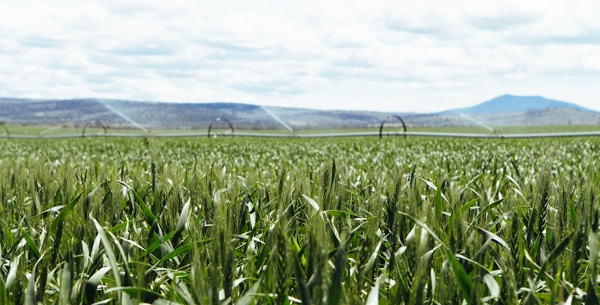This article was published on: 06/30/15 11:10 AM

With drought declarations now in the majority of Oregon’s 36 counties, water is top of mind.
Here in the Deschutes Basin, our situation is serious, but not as grim as in some places. We benefit from a combination of water supplies. Groundwater, snowpack and stored flows from reservoirs all contribute to our rivers and streams.
Despite our reliable water supply, when drought extends for more than one year, even these resources are impacted.
The flow issues in the Deschutes Basin are complex. In many regards, the area’s economy was originally based upon water usage practices that were established long before we fully understood the natural limitations of the watershed.
We are confident there will be enough water for everyone’s needs, provided we are willing to manage these resources differently. With a better understanding of our natural limitations, we’ve made progress to protect flows.
Commercial and non-commercial irrigators, for example, are the largest water users in the basin. They have contributed the most to restoring streams through large scale water conservation projects, but they still have the greatest opportunity to conserve more.
Simply increasing irrigation efficiency and optimizing water delivery systems could produce the water needed to restore critical flows in the Deschutes River.
Making these changes will take time and money, and should not be the sole responsibility of the irrigation community.
Healthy rivers are the responsibility of our entire region, and they are the legacy we leave behind.
Click to learn more about the DRC and water management planning in the Deschutes Basin.



